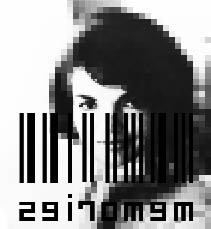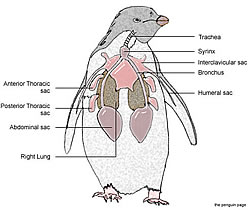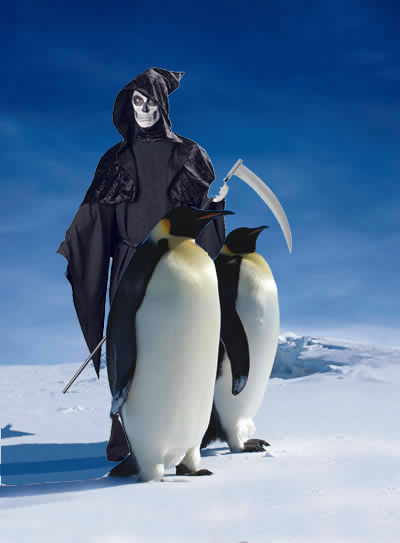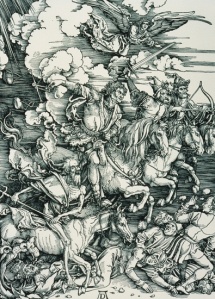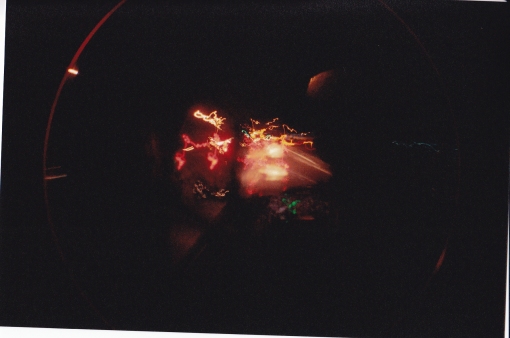It is interesting that Benjamin talks about Karl Marx and how he was making a preediction about Capitalism with little to go on other than its theory, when Benjamin himself is making a rather grand prediction during what was only the beginning of a series of significant advances in the arts. He spoke and theorized of these advancements in such a way that it predicted the current dilemma we face in understanding art over half a century earlier. His incredible foresight aside, he realizes that there is are inherent issues presented to the idea of art through reproduction – namely the origin and aura of the piece. This was a serious concern at his time because prior to this reproduction was extremely difficult, today though it may be done almost instantly with little if any ways to discern a difference with out the presence of the original. Further into our ever increasingly digital age an exact copy may be produced without any visible way to tell a difference. This adds an especially curious twist, something may be created digitally and shared, meaning the exact replica is shared across possibly thousands of computers. For Benjamin, the piece is no longer of cult value and has rather entered into the political realm, it is in the possession of the masses rather than one particular owner – if you want it, you can have it but so can everyone else. Oddly it all reflects slightly back towards Benjamin’s initial introduction of Marx and Capitalism eventually creating the conditions to undermine itself, I’m thinking particularly of the RIAA scrambling to save the major music labels whose business structure simply can not adjust to a world were almost anything may be acquired for free.
Getting into the more political side of Benjamin’s essay was not my intention here, but more so to look how the idea of art is changing when the promise of money is not guaranteed as a result of reproduction. Benjamin seems to feel that although the aura of a piece may become diluted the ability to express is multiplied, speaking of a more digital world that is. Although now maybe an overused pop icon of the underground street art movements, it is interesting to consider the artist(s) Banksy, whose fame has exploded over the past 4 or 5 years. Many people are aware of a variety of his street pieces, large and daring, in your face, often critical of society, and all available over the internet for us to view. I personal know maybe 3 people who have seen his work, but everyone knows him and knows what he’s done because of the internet. Although his work exists in the real world somewhere, the true power of his work is that the same image may appear on ones computer screen across the world. He receives no money from us as we view them, but the value of his original work soars (what is more ironic of the banksy character is when he began he spoke against selling art, while now even celebrities clamor for his work to help their image). Either way, the act of reproducing his work has only helped increase his power. I cannot help but remember Dalí reproducing many of his pieces to increase his profits, and now many do not command nearly the value they had initially. It will be interesting to watch what happens in the digital age, does Banksy hold his value and make it into the realm of some sort of avant-garde or crash as the next trend of the internet generation casts him in the shadows.
The words of Marcel Duchamp are probably the most haunting for the brave new world art has begun traveling through. Having removed himself from the art world and taken a job in order to support his art and not have to depend on the sales of his work, he speaks of creating art in an effort that seems to attempt to remove all outside pressures. Art for arts sake maybe, but truly art for the people rather than the cult, he was not concerned of whether his wealthy patrons would purchase the bicycle wheel and more so of the perception and theory it presented. The art though is not art without the viewer, Duchamp was more than aware of this fact, and as Benjamin noted, he and the Dadaists wanted to outrage the public and make them question the entire notion of art – that was part of the art, the act brought forth from the viewer. Duchamp also had a curious interest and brilliance in the act of reproduction, this culminated in the Readymade works – mass produced objects elevated to the status of art – he even went so far and to create reproductions of the Readymade, essentially a reproduction of a reproduction. The brilliance in this was that the act of the reproduction was part of the art and was added on to the art of the viewers reaction.
Being in this new digital age, the capabilities of art have expanded exponentially and great controversy is still in our midst. The question of reproduction and the dilution of the aura of a work of art is only more relevant than ever before. As the act of re-appropriation and remix art becomes ever more prevalent, our understanding is only further thrown under the bus. It is without question though that reproduction, duplication, and the cut/copy method are very much a part of the artists tools; ethically though where is the line? That may already be know, for it was Marcel Duchamp who used a postcard of the Mona Lisa with added facial hair as a work of art.

